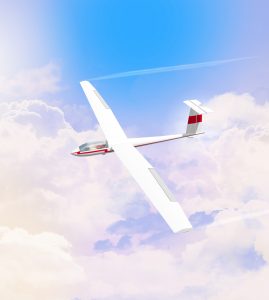 With no motor, glider pilots use all the help they can get to stay aloft and keep soaring. Rising air is always a great thing to extend flights and make gliding possible. Here are the three most common causes of rising air and longer rides.
With no motor, glider pilots use all the help they can get to stay aloft and keep soaring. Rising air is always a great thing to extend flights and make gliding possible. Here are the three most common causes of rising air and longer rides.
Thermals
Dark surfaces on the ground absorb heat. Eventually, this heat gets released and forms columns of rising air. This is known as a thermal and experienced glider pilots see it as an opportunity to practice their favorite soaring techniques and tricks.
Ridge Lift
The rising air event of choice for most hang gliders, ridge lifts occur when wind hits a steep face, like a cliff. The air current is diverted upward and causes a steady flow of air to be exploited by the savvy glider pilot.
Wave Lift
Sometimes wind hits an obstacle, like a mountain, and goes up and over before continuing on its way. This creates a wave pattern which glider pilots recognize and use to their benefit.
Glider pilots use every resource possible. These three are their top choice when soaring. Without them, gliding would still be possible. But, all three make every flight a lot more fun.

